This World Nature Conservation Day, We’re Celebrating Hope, Action, and Nature
Protecting Armenia’s Nature: FPWC’s Achievements on World Nature Conservation Day July 28 marks...
News, ՆորություններThe Caucasus Wildlife Refuge (CWR), which encompasses around 30,000 hectares, is the first privately protected area in the South Caucasus.
The CWR is managed by Foundation for the Preservation of Wildlife & Cultural Assets (FPWC) since 2011. Being the habitat of a number of southern Caucasian species, the CWR territory is an area of crucial importance buffering Khosrov Forest State Reserve (IUCN Ia category). The refuge is a safe haven for many rare species, such as Brown bears, Bezoar goats, Armenian Vipers, Bearded Vultures and endangered Caucasian leopard.

The hi-tech trap cameras located in the whole territory of the CWR ensure not only high resolution images and videos of elusive species, but also provide live broadcast through 24/7 remote monitoring.
The cameras are controlled through inserted GPS devices and ensure the accuracy of obtained data and locations. The CWR cameras not only provide a direct transition to the wild, but prevent illegal intrusions and poaching cases ensuring the 24/7 protection of the area
From 2011 to 2017, due to permanent monitoring of species, a significant increase in the numbers of Armenian red-listed species was recorded, among them Bezoar goats, Brown bears, Bearded Vultures, Golden Eagles, Griffon Vultures and Schneider’s scink. Grey wolves, red foxes, hares and martens are captured on cameras on a regular basis.
In 2013, the first time in the last 15 years, the CWR cameras captured the footage of the endangered Caucasian leopard, the numbers of which have decreased drastically since Soviet times. According to the IUCN Red list, there are as few as 8 to13 individuals leaving in the territory of Armenia.

The CWR’s objective is the conservation of Armenia’s unique flora and fauna through the application of high technologies and contemporary management models. The pivot for biodiversity conservation in CWR is the application of international experience, skills and knowledge combined with innovative tools and newest technologies. With the new generation trap-cameras, aside from recording species and their locations, it’s made possible to capture poachers and any other illegal intruders in the area
In order to sustain the ongoing tree plantings in arid locations, another innovation has been introduced and successfully probed in the field. In arid lands of CWR, where competition for water was acute, trees were planted with hydrogel-a water accumulating polymer. Additionally, a new deep irrigation system has been installed in the area, which provides the watering of nearly 3500 wild-fruit trees and ensures their natural growth.

The Caucasus Wildlife Refuge not only relies on permanent monitoring of the whole area, but on active involvement of the local communities, that strongly support FPWC’s work in the field of nature conservation. As a result of this cooperation, a number of permanent and seasonal workplaces are opened in communities, the ecotourism infrastructure is being developed and small & medium entrepreneurships steadily promoted.
All the team of CWR is comprised of locals-the field rangers, eco-tourism guides, cooks and service personnel are all residents of the adjacent communities. The villagers are permanently supplying the Eco-Center with locally produced food and drinks, which helps the locals to generate additional income and promotes organic farming in villages.
The third component of the development is the rehabilitation and renovation of the community infrastructure, such as improving the water supply network, providing street lighting with energy-efficient LED lamps, installing solar panels and renovating/ rebuilding the educational institutions of the villages.
Protecting Armenia’s Nature: FPWC’s Achievements on World Nature Conservation Day July 28 marks...
News, ՆորություններOn July 18, 2025, the UN Resident Coordinator in Armenia, Ms. Françoise Jacob, visited the...
News, ՆորություններLast week, our team at FPWC came together with our skilled rangers and GIS specialists to...
News, ՆորություններThe Caucasus Wildlife Refuge, the first privately protected area in the South Caucasus is...
News, ՆորություններAn important and symbolic event took place on the eve of the event dedicated to the 10th...
News, ՆորություններSorry, this entry is only available in Հայերեն....
ՆորություններThe FPWC tree planting project since 2016 have already provided good results. In this photos...
Նորություններ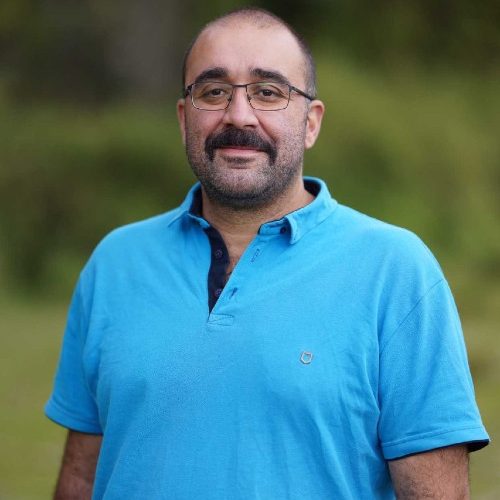
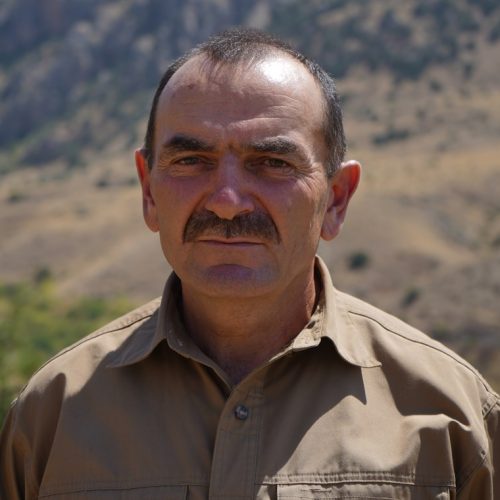

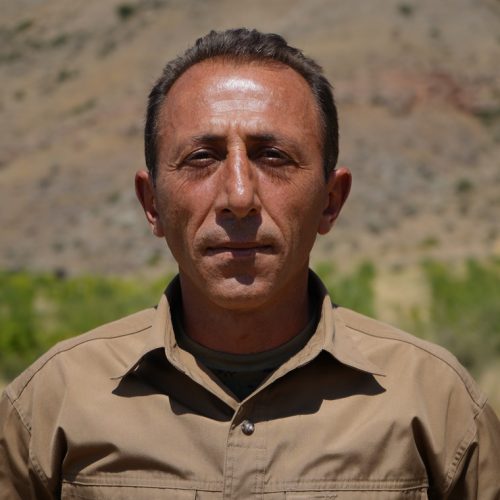
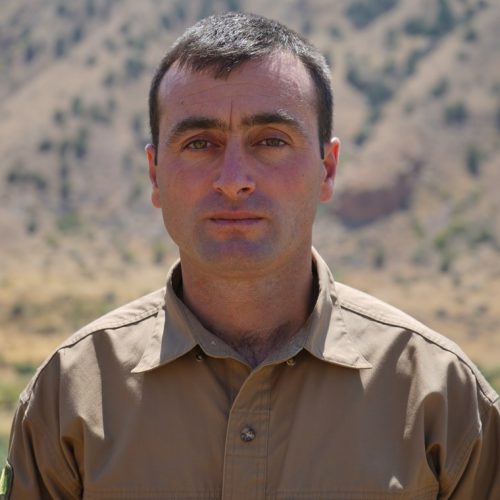

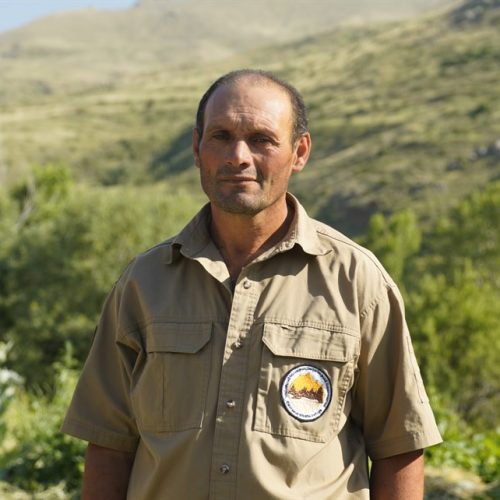
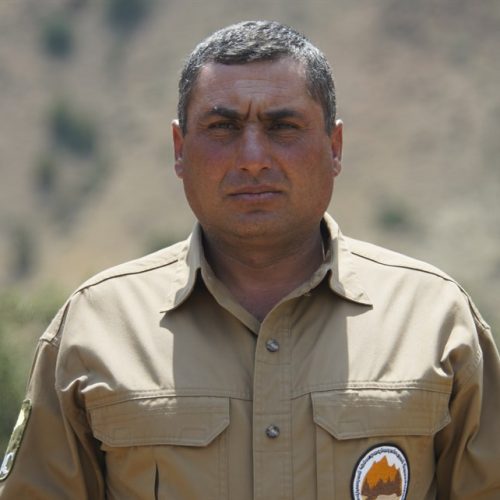
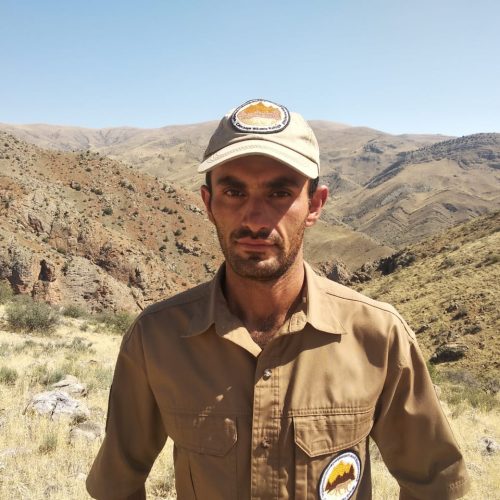
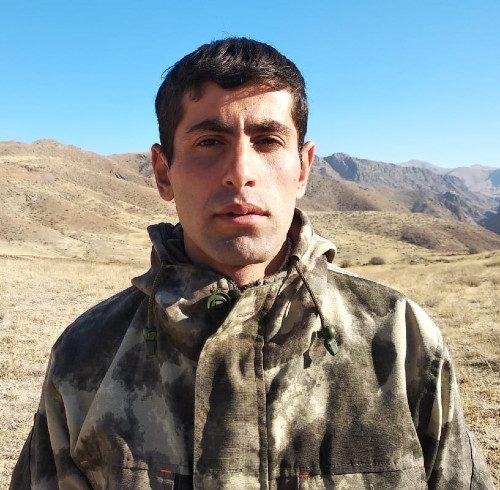
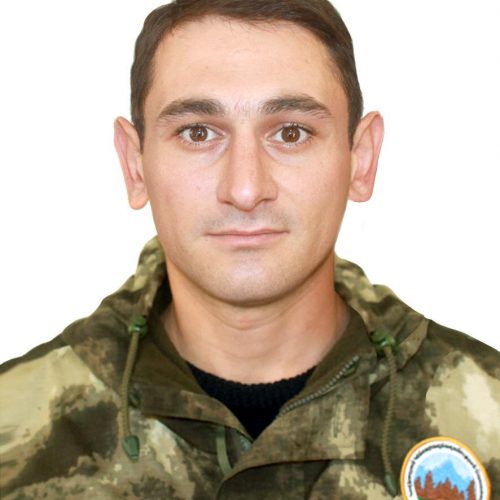
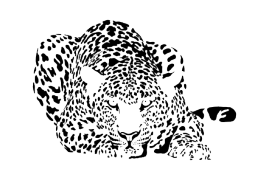
After spotting the traces of the Caucasian Leopard in CWR in May 2012, a monitoring project has been launched in CWR. New generation trap cameras have been installed in CWR to prove the existence of the animal, as well as to monitor its pathways and undertake respective conservation measures
In summer 2013, the carried works gave the first results-the leopard’s tail was caught on a trap-camera followed by its body footage in a full view. The Caucasian Leopard has chosen CWR as a safe haven and its existence is now proven. The biggest of the eight recognized sub species, the Caucasian leopards inhabit remote and mountainous areas, which make them very vulnerable to habitat fragmentation and isolation and they also face a variety of other threats across their range. These include reduction of prey species through poaching, loss of habitat caused by deforestation, over grazing by livestock, conflict with livestock owners, heavy military presence and fortification of borders and being hunted as trophies or for the fur trade
The project is aimed at securing the habitats and migration corridors of the species, preservation of its prey species, such as Bezoar goats and Armenian mouflons, as well expanding the cooperation with the South Caucasian countries to provide leopard’s safe migration across borders
The Caucasian leopard is included in Armenia’s Red book as “Critically endangered” CR C2a(i), as well as recorded in the IUCN Red list and categorized as “Endangered” . According to available data, during Soviet period-from 1950 to1972, around 75 leopards have been killed in the territory of Armenia drastically reducing their numbers to as few as 8-13 leopards remaining in the country
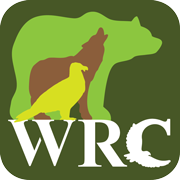
The WRC is the first center of its kind in Armenia dealing with rescue and rehab of red-listed species illegally held in captivity. In 2016, FPWC has signed a tripartite Memorandum of Agreement with the Ministry of Emergency Situations & Ministry of Nature Protection, expressing the willingness and readiness of parties to cooperate on abovementioned issues.
Within the frames of its mission, the WRC has addressed the issue of illegally kept red-listed brown bears in Armenia launching a long-term rescue project to tackle the widespread issue in the country. The project aims to establish long-term cooperation with international and local NGO’s and state bodies to come up with a comprehensive, multiple-staged solutions, including legislation changes, lobbying, establishment of sanctuaries and release centers for handicapped animals. The Center permanently organizes informational and educational campaigns against illegal wildlife trade, exploitation and cruel attitude towards animals, advocating for their welfare and overall wellness.

The latest initiative of reforestation in the CWR-the nursery, started in February 2016. The initiative is based on the existent species’ reproduction. The nursery mainly serves for testing the innovative technologies for the seedlings’ production. The closed root system of the seedlings’ production is considered the main method for the production of high-quality planting materials. The almond, apple, cherry, plum, pear and wayfaring (Viburnum) trees’ seeds have already been planted in 5000 containers due to this technology.
In addition, experiments are made to process the options of fillers in the seed plots. The water-absorbing polymer material called hydrogel is added to the different proportion mixture of peat and perlite. The measuring devices allow the monitoring of the main climatic conditions, which makes the working process evaluation rather easier.
Wooded areas don’t hold large space in the Caucasus Wildlife Refuge (CWR), however, they deserve special attention. For many centuries the juniper sparse forests and oaks used to be dense forests, which were almost deserted as a result of anthropogenic impacts.
During the scientific tours, the experts assessed the ecology of the area and the climatic conditions and developed a coordinated approach for further tree plantings in CWR, including identification of subspecies, soil characteristics and other important factors.
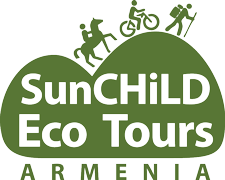
The Eco-Lodge in Urtsadzor is a co-working space and educational hub for scholars/scientists, additionally offering an eco-friendly accommodation for tourists and visitors. The Lodge organizes environmental trainings and seminars for the residents of neighboring communities, local schoolchildren and students. Annual summer schools of Sunchild eco-clubs are commonly held in the Eco-lodge as well. Moreover, the Lodge also serves as a venue for scientific conferences and eco-tourism development center. The building itself is a green model, constructed with environmentally friendly technologies. The hot water is supplied by solar panels and is then threated with a small-scale sewage station to prevent water resources pollution in the area.
Foundation for the Preservation of Wildlife and Cultural Assets (FPWC)
Khanjyan street 47/1, apt. 14, Yerevan 0001, Armenia
Yerevan 0001, Armenia